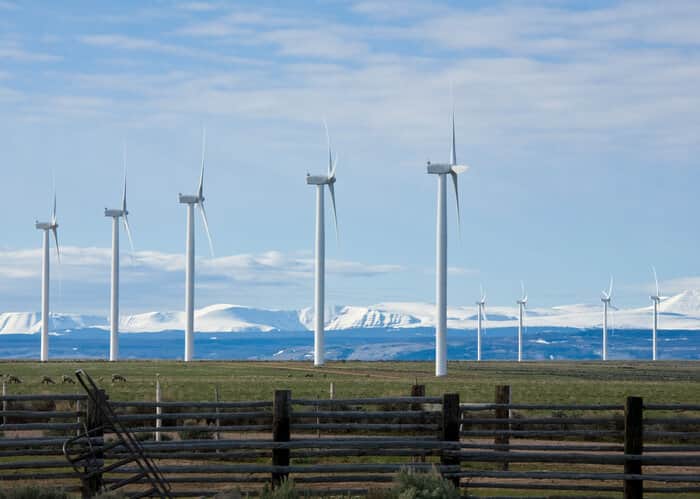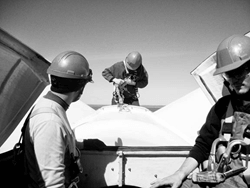The Department of the Interior (DOI) has selected the University of Alaska as the first of eight planned regional climate science centers in the nation.
In addition to the Alaska region, climate science centers will be selected in seven additional regions throughout the country as directed by a 2009 secretarial order on climate change.
The DOI will be seeking grant proposals for four more climate science centers in the next few weeks – including centers in the Northwest, Southeast, Southwest and North Central regions.
‘Regional climate science centers and their networks will provide science about climate change impacts, help land managers adapt to the impacts and engage the public through education initiatives,’ says Ken Salazar, secretary of the DOI. ‘In short, climate science centers will better connect our scientists with land managers and the public.’
The DOI hopes to have the new climate science center at the University of Alaska formally established in Anchorage within six to eight weeks.
In September 2009, with Secretarial Order No. 3289, Salazar put into action a coordinated strategy to address the current and future impacts of climate change on the U.S. land, water, ocean, fish, wildlife and cultural resources.
The plan called for establishing not only the regional climate science centers, but also a network of landscape conservation cooperatives that will engage federal agencies, local and state partners, and the public in crafting practical, landscape-level strategies for managing climate change impacts within the eight regions, according to the DOI.
Within their respective regions, these cooperatives will focus on impacts that typically extend beyond the borders of any single national wildlife refuge, national park or Bureau of Land Management unit – such as the effects of climate change on wildlife migration patterns, wildfire risk, drought or invasive species.
SOURCE: U.S. Department of the Interior



